Fusion Cuisine: Defining Modern Australian Dining
- September 8, 2025
- Posted by: Sheryl Yong
- Categories: Chef, Innovation, International
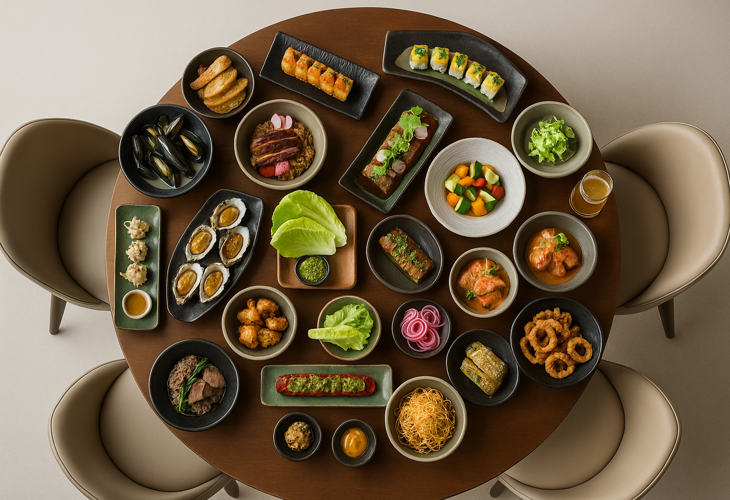
The word fusion means “the act or process of joining two or more things together to form a single entity.” Modern Australian cuisine is perhaps one of the best examples of this idea in practice. With the influx of migrants from China, Korea, Vietnam, Japan, Italy, Spain, and many South American countries, Australia’s food culture has become a melting pot of influences. This multiculturalism defines and shapes contemporary Australian dining, showcasing fusion at its finest by blending global flavours with the country’s high-quality local produce.
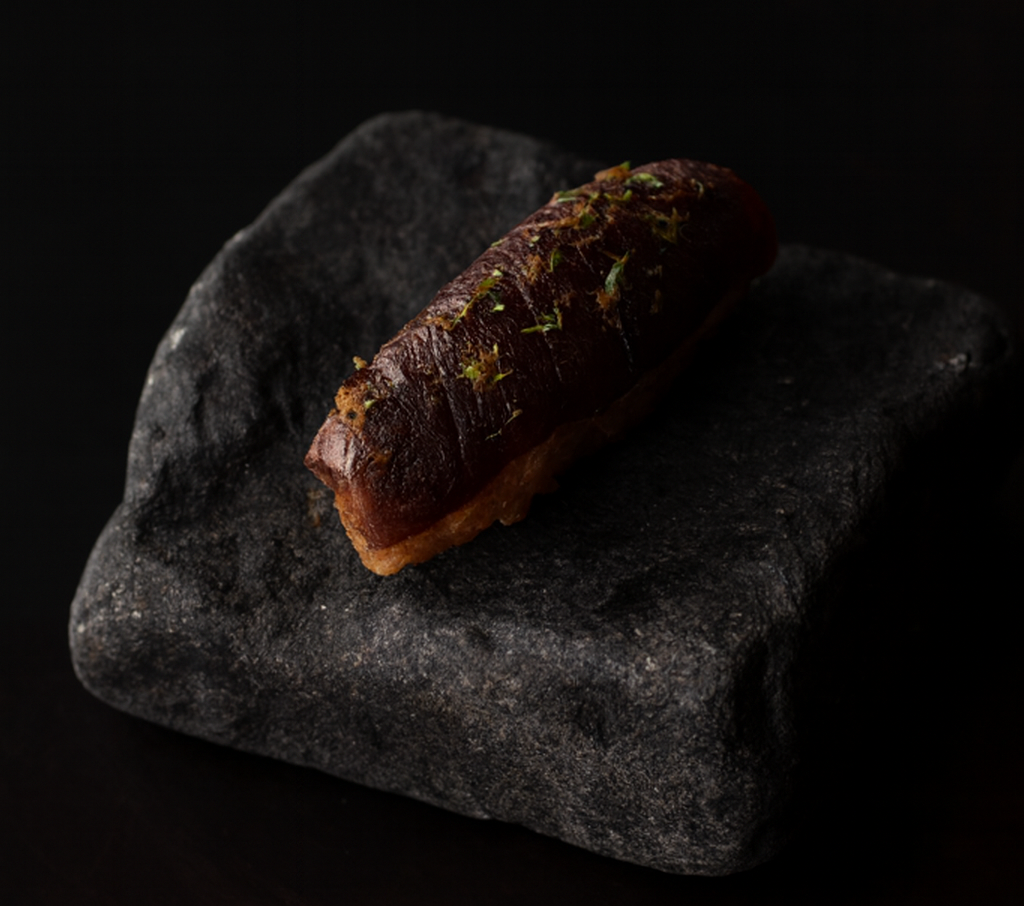
Many of Australia’s most acclaimed restaurants embody this philosophy. Fine dining establishments such as Vue de Monde, Amaru, and Quay are staples of modern Australian cuisine, using fusion as their foundation. For example, Vue de Monde, a three-hatted restaurant held in the highest esteem in Melbourne’s dining scene, once served kangaroo sushi (called by them Roo-shi). This dish perfectly represents fusion: a local Australian ingredient paired with a traditional Japanese technique, creating something both cultures recognise but would not normally combine.
Evolving Trends in Fusion
Modern Australian fusion continues to be shaped by several key trends:
- Locally Produced Food – Chefs increasingly collaborate with independent farmers and producers, highlighting regional ingredients in creative ways.
- Sustainability – There is a growing commitment to sourcing local products, reducing food miles, and pairing them with exotic spices, sauces, and techniques from around the world.
- Plant-Based Dining – The rise of vegetarian and vegan eating has encouraged chefs to innovate, layering global flavours onto plant-based ingredients. For example, a plant-based sushi platter.
These trends are amplified by social media and influencer culture, which have helped popularise fusion dining by making it both accessible and aspirational.
Asian Fusion Leading the Way
In the Western world, Chinese, Japanese, Korean, and Thai restaurants remain among the most popular. Chinese cuisine, in particular, dominates markets like the United States. Diners are drawn to Asian restaurants for their bold and authentic flavours, which contrast with more restrained Western traditions.
Fusion allows chefs to introduce these flavours in approachable ways. For instance, a classic steakhouse peppercorn sauce is familiar to most Western diners. But at an Asian fusion restaurant, miso might be added to transform it into a miso peppercorn sauce. Diners who might normally avoid unfamiliar flavours feel encouraged to try something new, as it’s tied to a dish they already love. Fusion thus acts as a gateway, balancing comfort with adventure.
Global Inspiration
A major driver of fusion cuisine is the ease of global travel. Chefs and restaurateurs can immerse themselves in different cultures, learn new techniques, and bring those influences back to their kitchens, combining them with the ingredients and methods they know best.
Examples of Asian fusion concepts include:
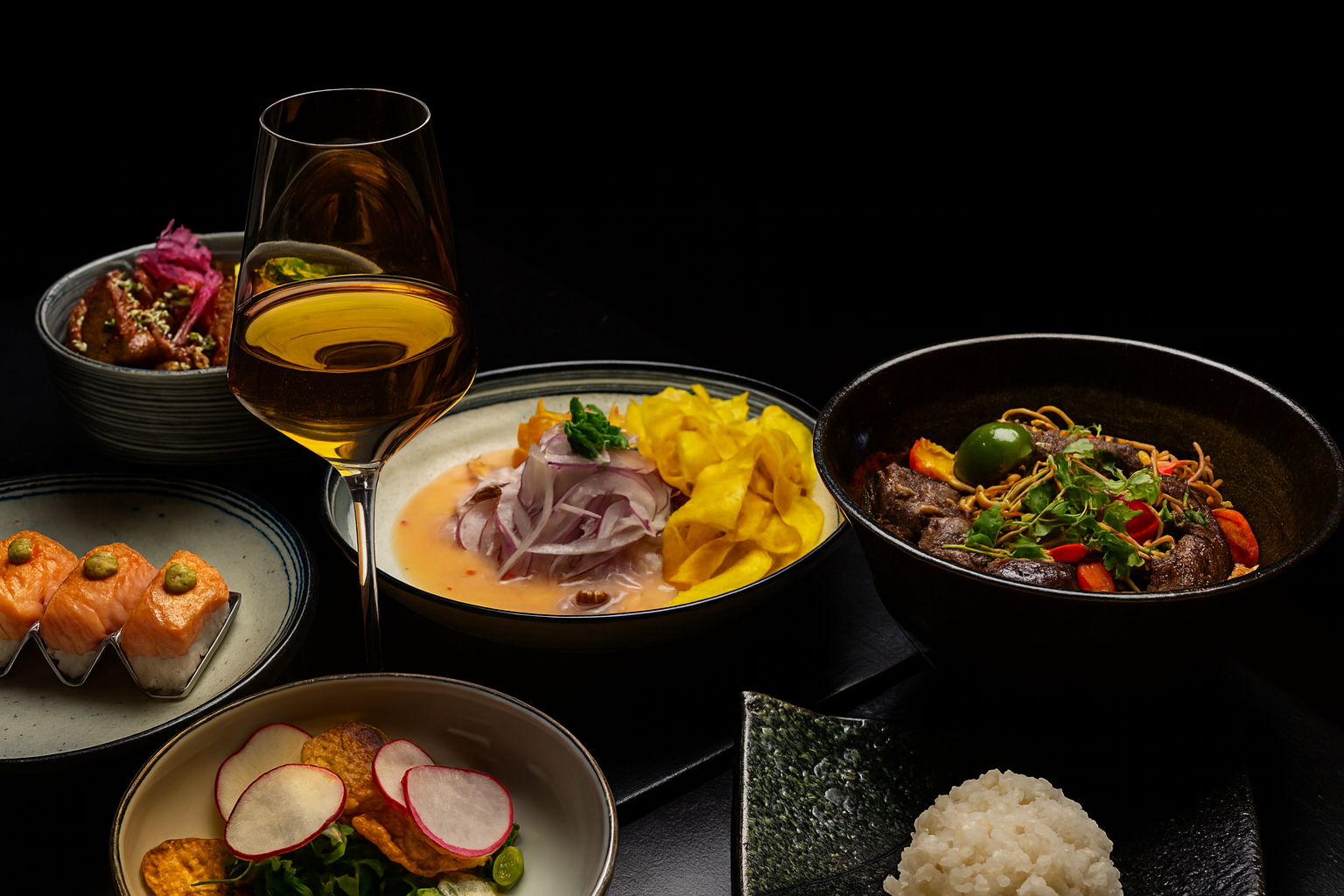
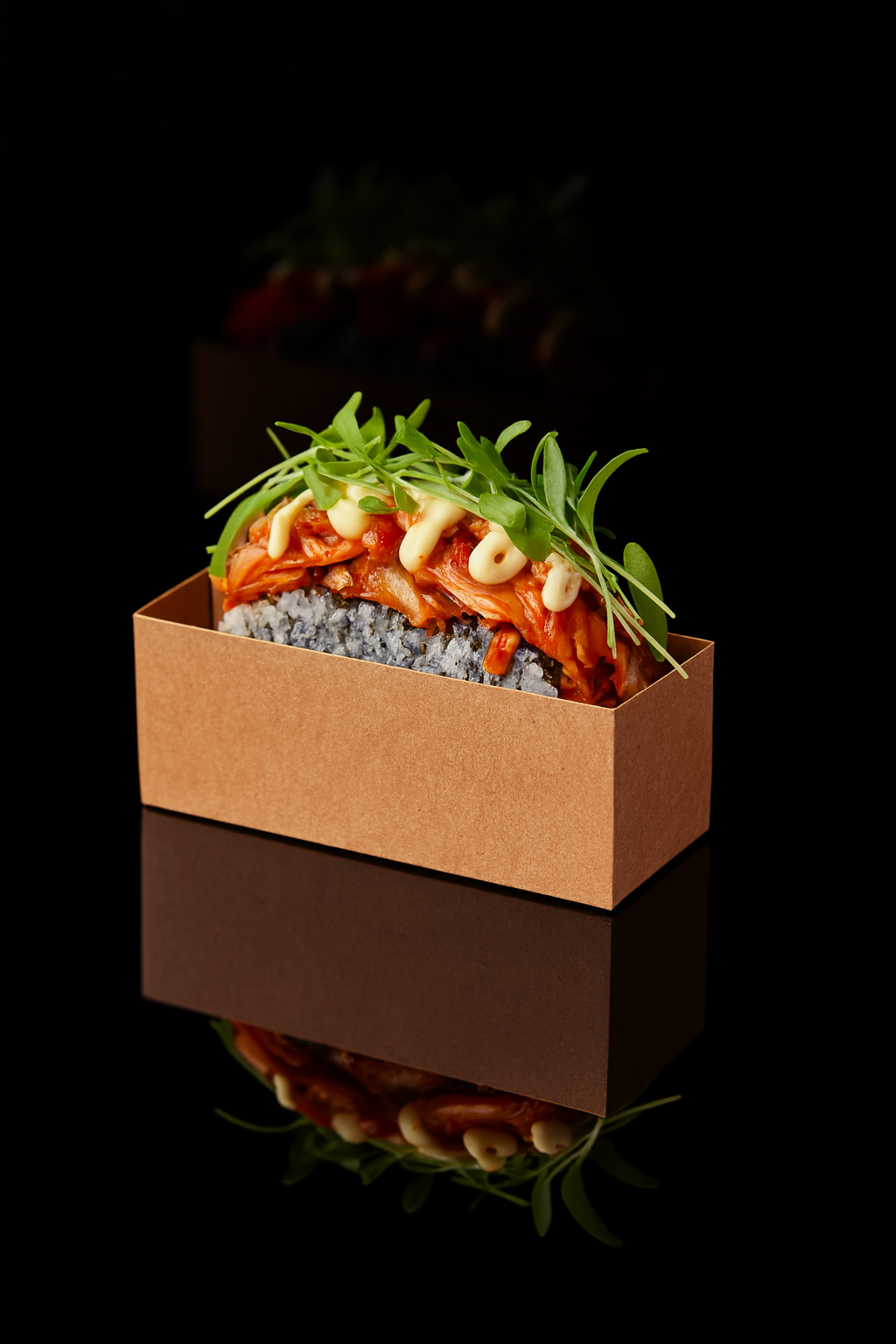
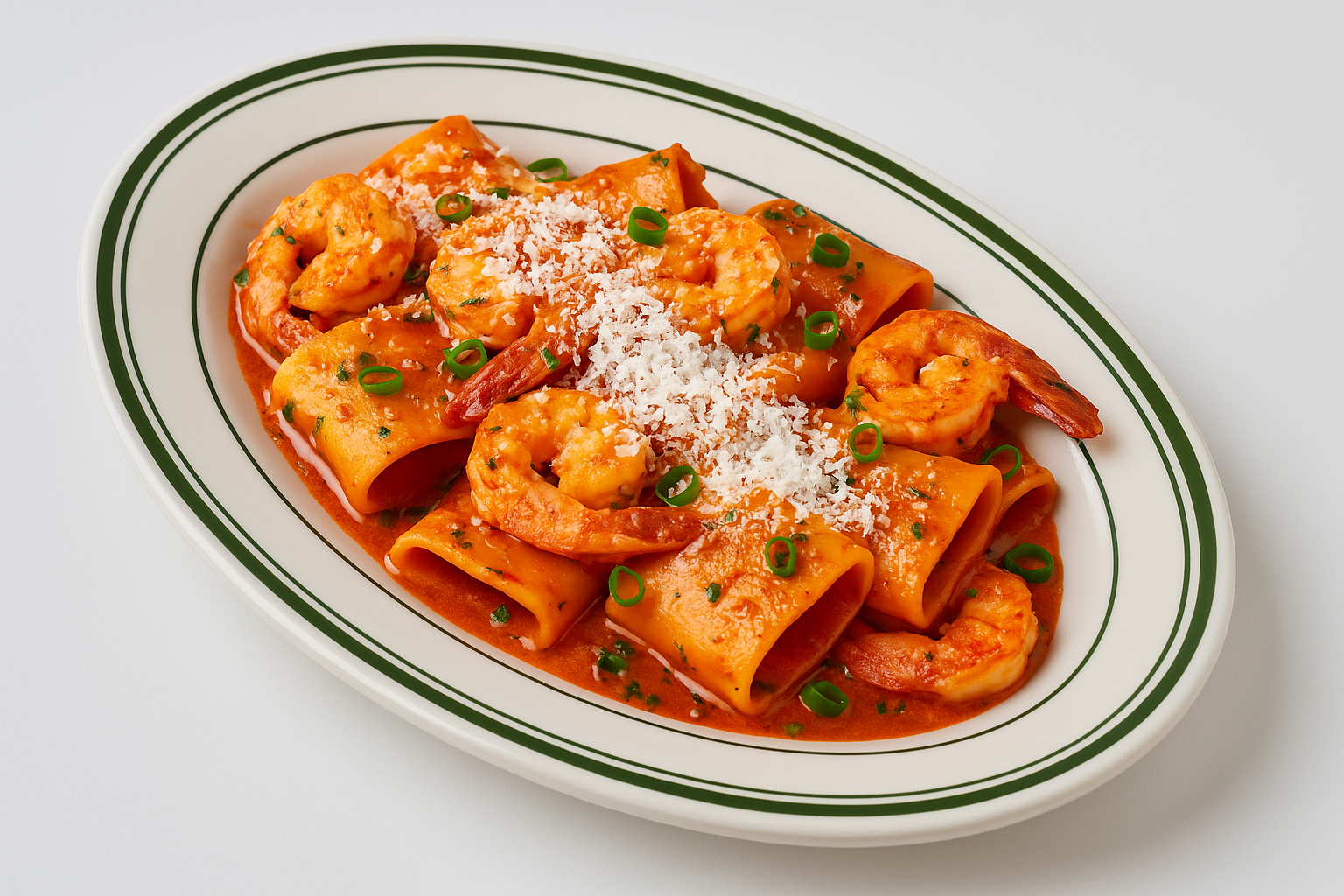
On a personal note, I once dined at a Sydney restaurant that served fermented shiitake tagliatelle. It was one of the best pastas I have ever eaten outside of Europe. The buttery sauce, combined with the umami punch of fermented shiitakes and nori on top, opened my eyes to how Italian and Japanese traditions can coexist in one extraordinary dish. I was both challenged and inspired by this bold approach.
The Culture of Fusion Today
The current culture around food is all about accessibility—making exciting, unfamiliar flavours approachable. Globalisation has opened opportunities for people to try flavours they might never have experienced otherwise. Asian food culture, with its bold umami, spices, and freshness, stands in contrast to classic European cooking styles, and this contrast excites modern palates.
However, it is crucial that fusion is done with respect. Flavours should be incorporated with intention, not used as gimmicks. For me, the best way to approach fusion is to take a concept that diners already know, and then elevate it with global flavours in a way that honours their origins.
Fusion is more than just a culinary trend—it is a reflection of cultural exchange, creativity, and respect. It is a celebration of diversity that continues to define modern Australian dining—and dining worldwide.
By: Chef Brett Kerr

